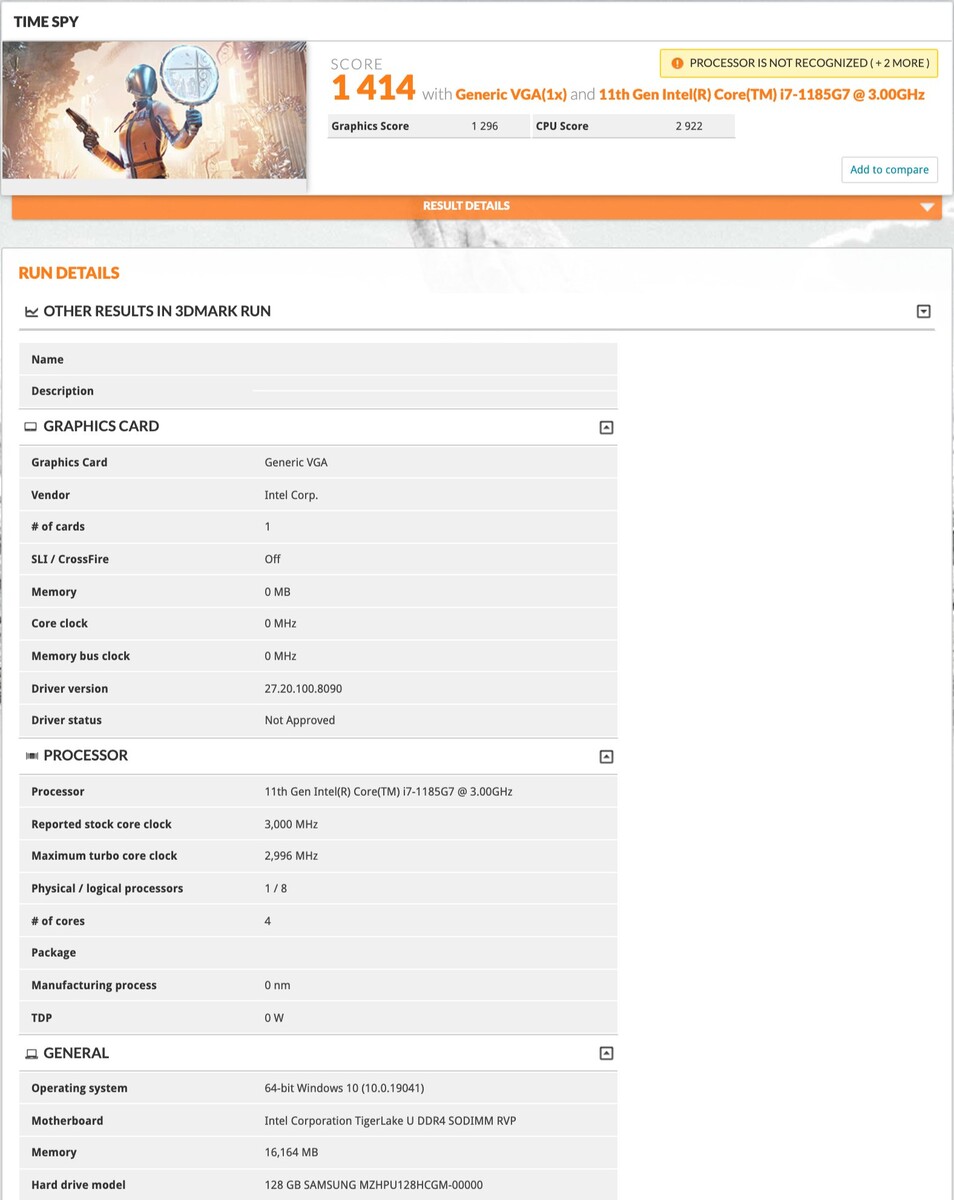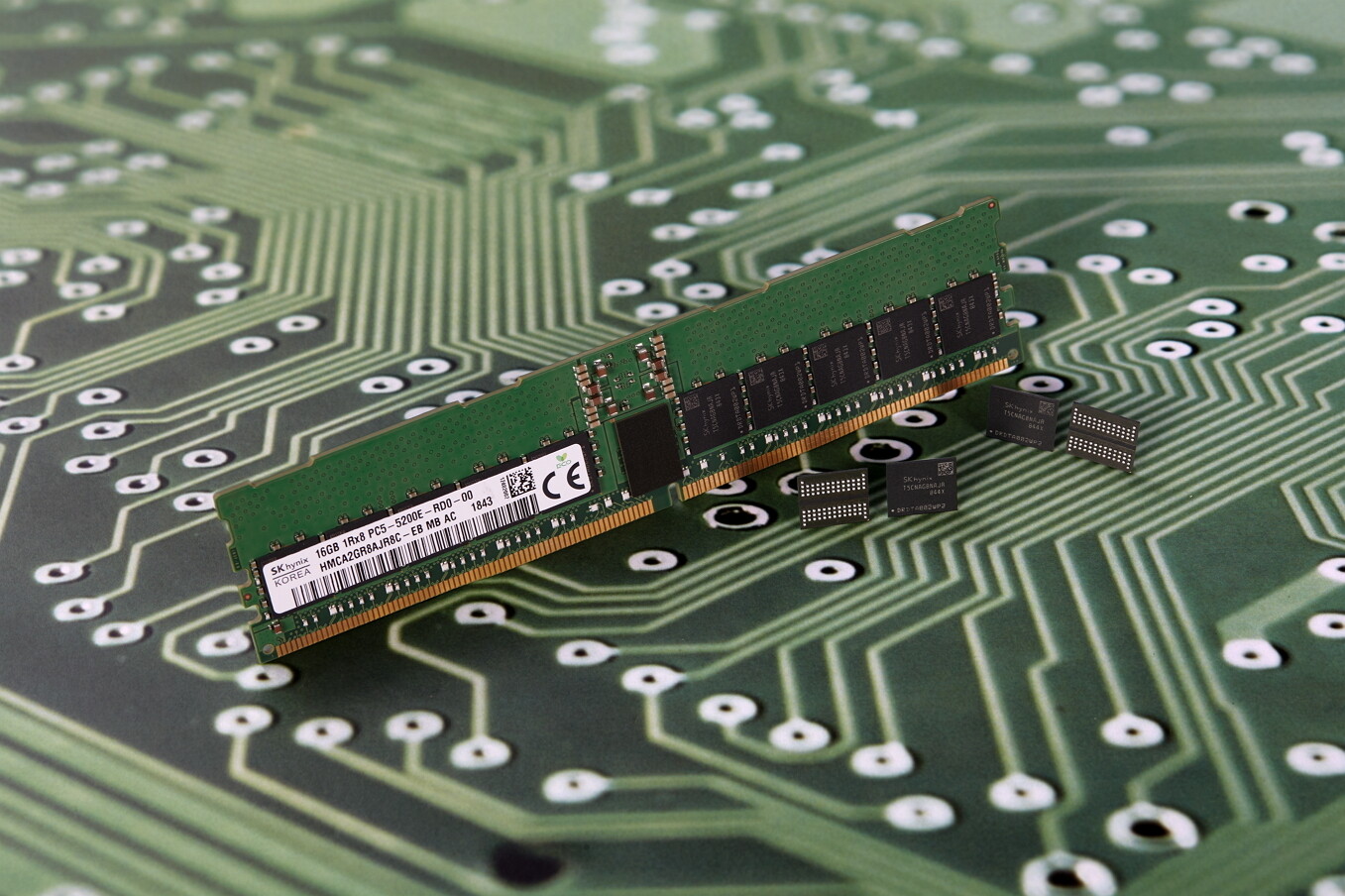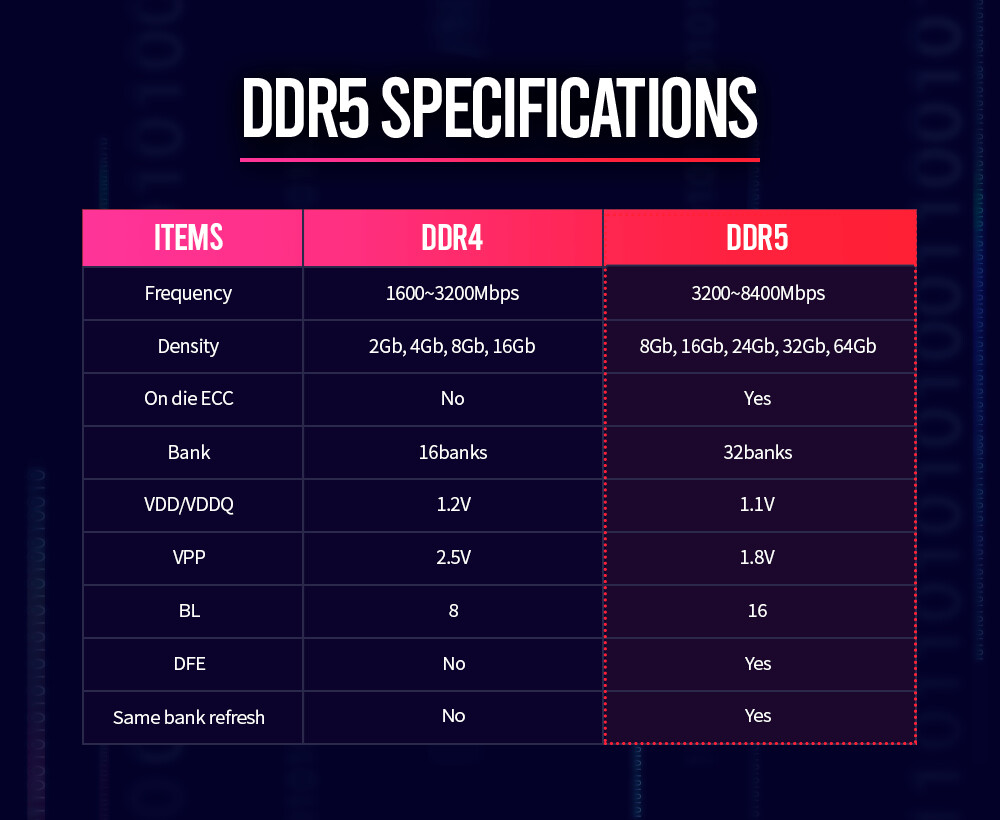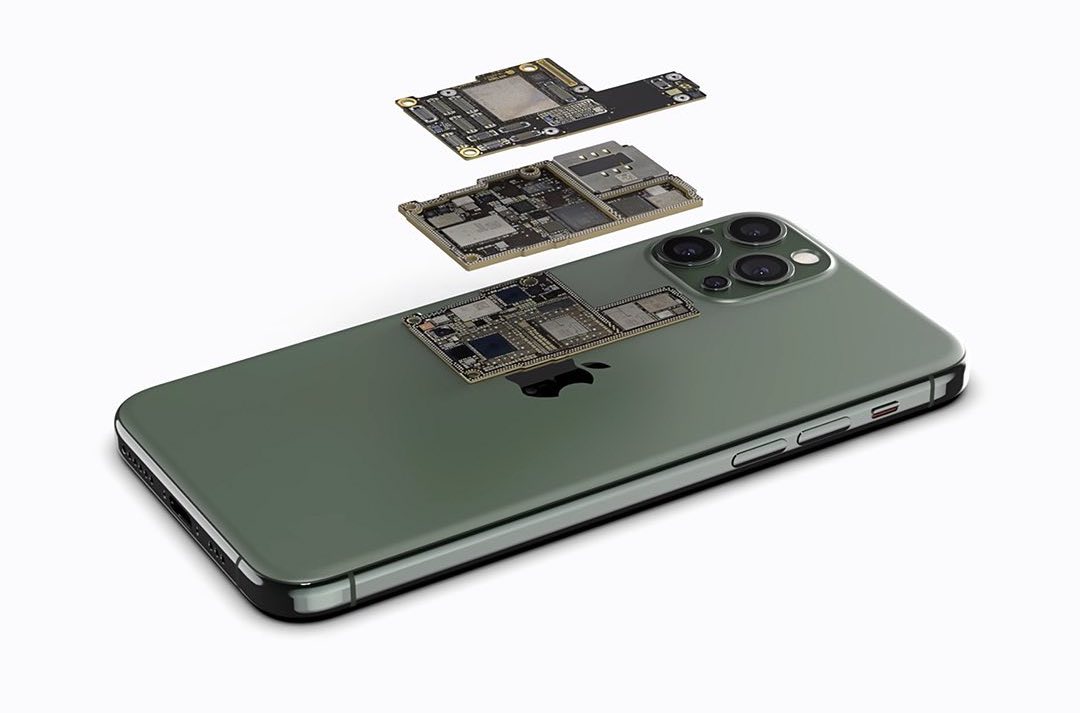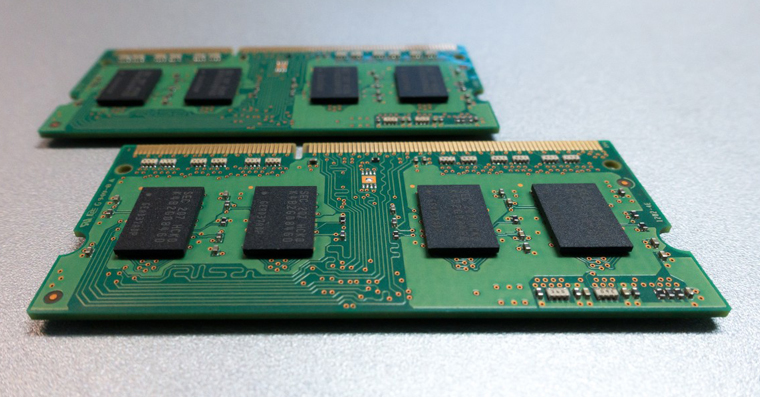We have another week full of news behind us. This time it was marked by the unveiling of very interesting novelties, both in the field of processors and other components. Additional information about the upcoming Playstation 5 console was also published by Sony, which followed the two-week-old official under-reveal of the first specifications.
It could be interest you

AMD took care of probably the biggest halo this week (again). This time, however, the news was carried on a completely different wave than it was last week. There was an official unveiling of completely new mobile processors and APUs, which, as first impressions suggest and review, are absolutely brilliant and decimate everything Intel has offered so far in this vast segment. New processors from the 3rd generation Zen architecture offer very high performance with really solid power consumption. At the same time, the new chips have a relatively low TDP value, so even the most powerful models can be installed in medium-sized notebooks. Unfortunately for Apple fans, these processors will most likely never get into MacBooks, because Apple cooperates exclusively with Intel in connection with CPUs, and this cooperation is probably already on its way. However, users who are not tied to the Apple platform can enthusiastically choose from the somewhat limited range of laptops equipped in this way, which will gradually reach the market.
The next big revelation, which this time should also concern future Mac owners, was made by SK Hynix, which presented the world's first official details about the new generation of operating memories - DDR5. The new generation will traditionally bring much faster throughput (in this case we are talking about up to 8 Mb/s) as well as higher capacities per memory module (the minimum for one flash module will be 400 GB for the new generation, the maximum will be 8 GB). Compared to DDR64, the capacity of the modules will increase to four times. Probably the most interesting and least expected detail about the new memories is that all the modules will now feature ECC (Error-Correcting Code). In the current generation, this technology was only available for special memories, which were also usually intended for server and enterprise use. They also had to be supported by specific processors. In the case of DDR4, all memories will be ECC compatible, so this time the support will depend only on the CPU. With the new generation comes roughly 5% lower consumption. The first DDR20 memories will start to be produced this year, a massive expansion should occur in about two years.
An interesting thread of information has also appeared in connection with the upcoming PlayStation 5. Two weeks ago there was a kind of first "official reveal" of the specifications, this week a few other interesting things appeared on the web, which mainly elaborate on what we learned two weeks ago. The news is described in great detail in this article, where you'll also find a video if you'd rather listen than read. In short, the point is that, according to Mark Cerny, every PS5 should work exactly the same regardless of the surrounding conditions (especially room temperature in this context). The technology of variable setting of CPU/GPU frequencies is much more intelligently set than we are used to similar technologies from, for example, ordinary CPUs/GPUs. The processor part of the APU, built on the basis of the Zen2 architecture, is significantly modified so that it can cooperate with hardware that takes care of backward compatibility. The speed of the internal SSD is so high that the necessary data can be loaded in the time of one rendered image on the screen. The SSD disk operates with a completely new low level API, thanks to which there was a significant reduction in latency. The new "Tempest Audio" should bring a never-before-seen audio-wise gaming experience.
The latest news this week concerns Intel, which had to respond in some way to AMD's earlier disclosure. We already wrote about the newly announced 10th generation Core mobile processors in this article, however, the first leaks appeared on the web in the past few days tests, from which you can read how (some) new processors are in terms of performance. The result of the 3D Mark Time Spy benchmark of the Intel Core i7 1185G7 processor has become public. It is one of the most powerful models with the most powerful iGPU version at the same time. However, the results are somewhat embarrassing. The good news is probably that the base clock of this 28W TDP CPU is set at 3GHz. What, on the other hand, does not look too good is the performance, which does not differ much from the previous generation and still lags behind the news from AMD by some 5-10%. However, it is very possible that this is an ES (Engineering Sample) and the performance is not final.
